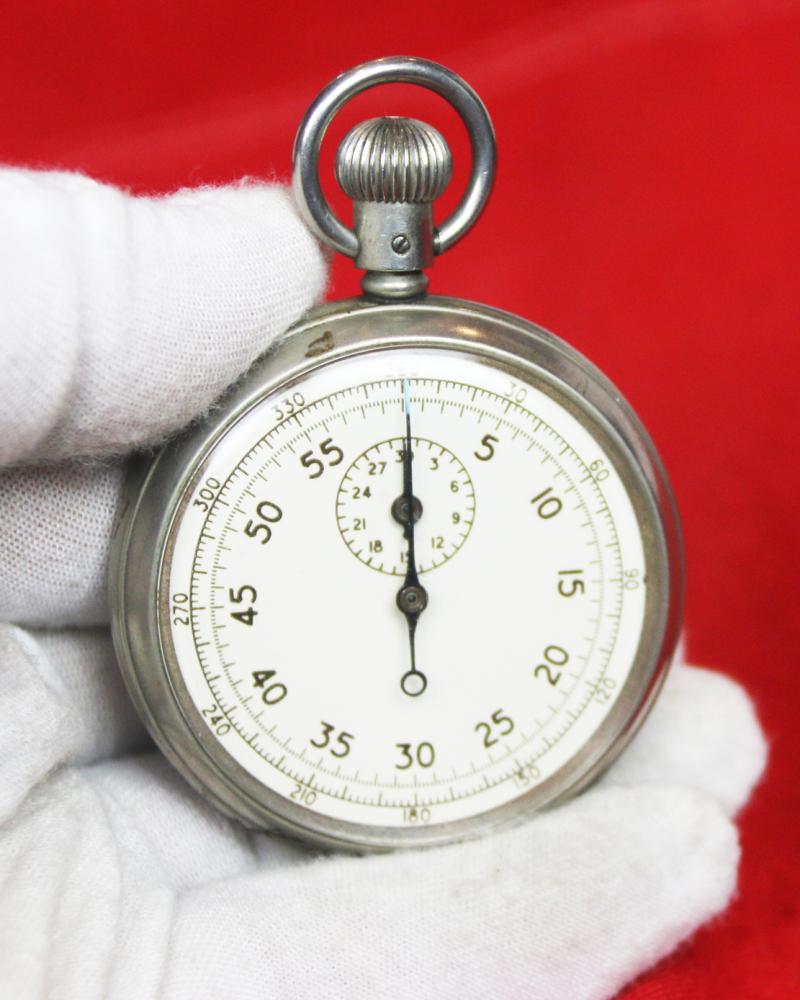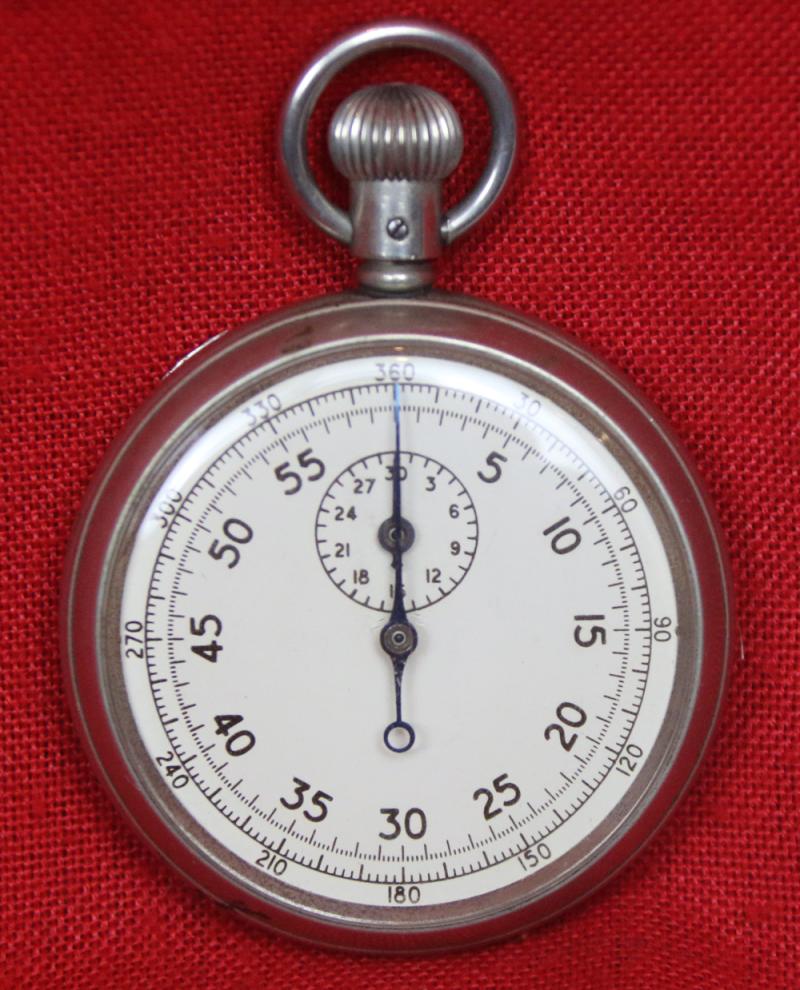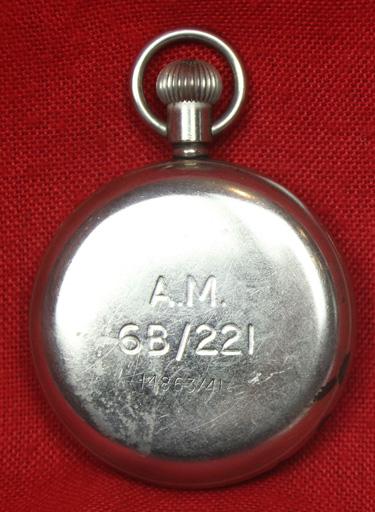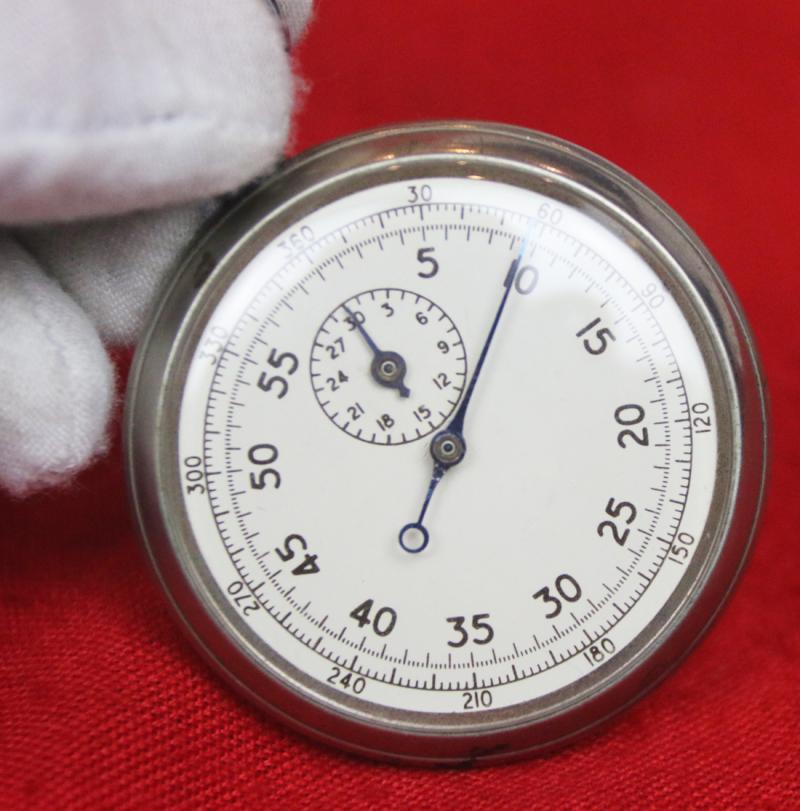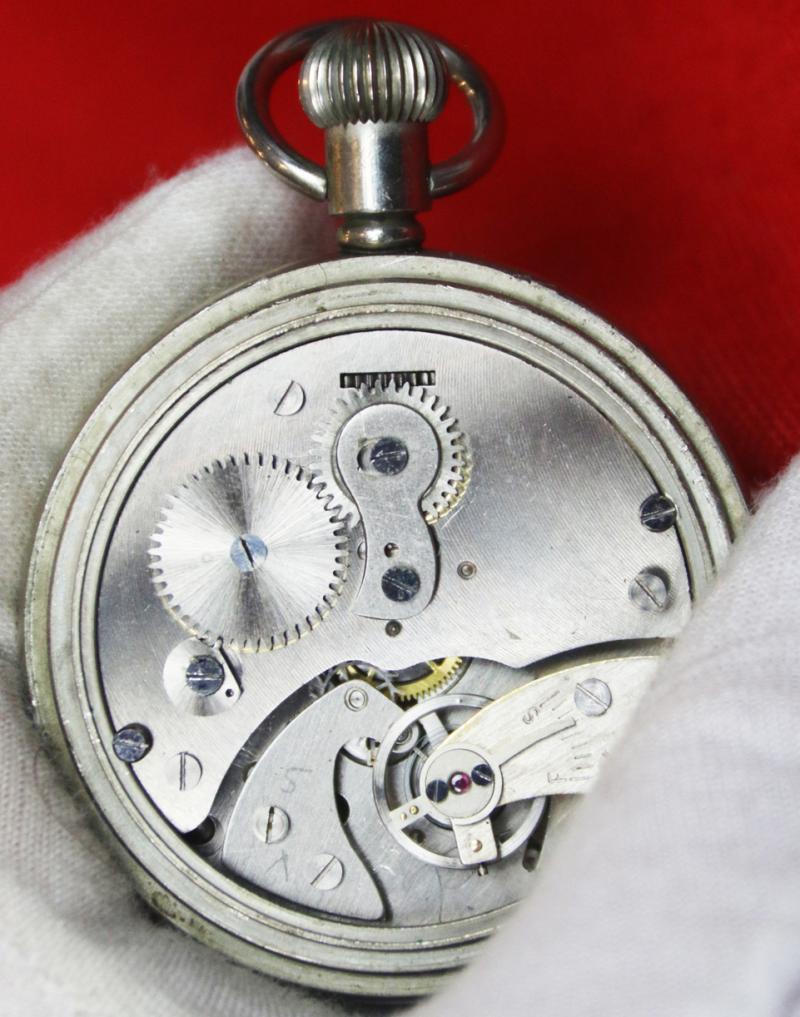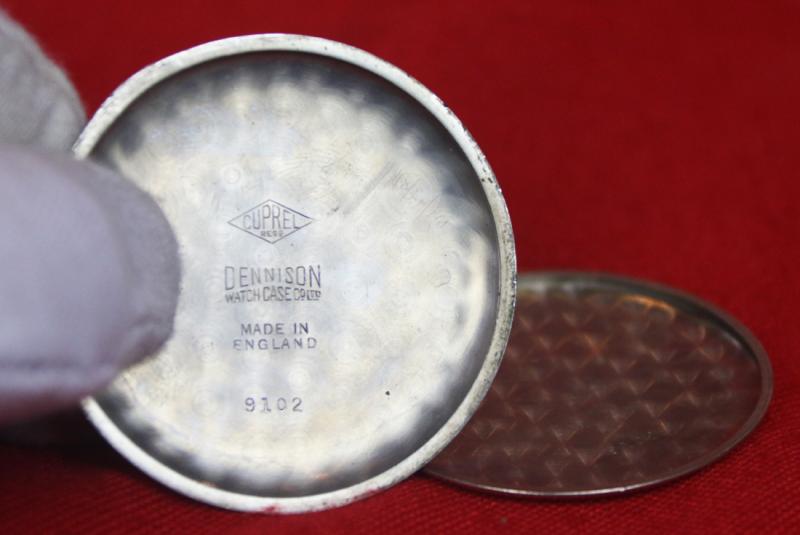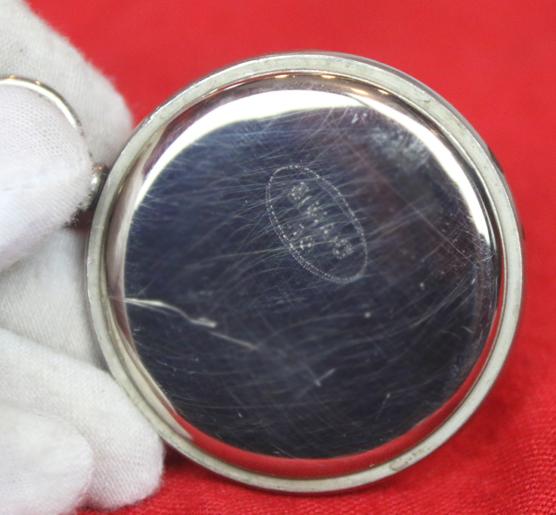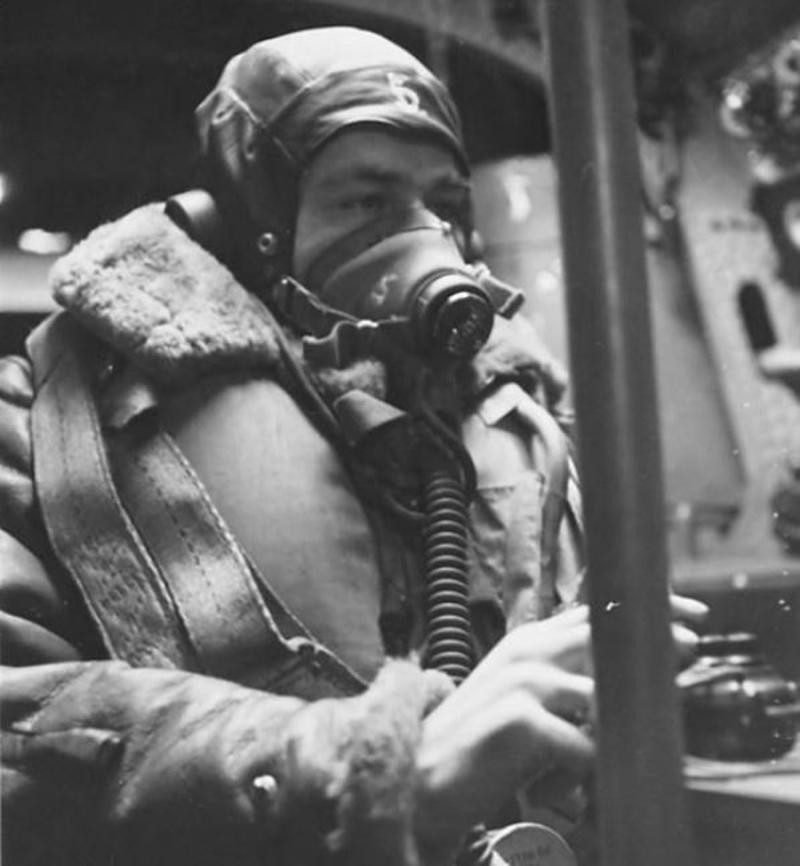A Superb, WW2, Air Ministry Stopwatch Used In Such as Lancaster Bombers for Bombing Runs and Emergency Navigation
WW2 R.A.F air ministry stopwatch in good working condition .The stopwatch is clearly marked on the back cover with the Kings crown over AM 6B/221, 14863/41. Maker name in the diamond mark Cuprel Regd. and Dennison Watch Case Co. Made in England 9102.
The nickel silver plated case show some age related wear but with good clear markings no major wear to the plated finish just signs of use which you would expect to see.Please see the photographs for further detail.
In a very good condition a British (AM marked) RAF 6B/221 stopwatch. The watch would have been used in aircraft such as the Lancaster bomber and was used for navigational purposes and for accurate timings during a bombing run. It would also act as a useful backup for the pilot as a timer in the event that other instruments were put out of action. It appears to be in working order but sold as seen .
Bomber Command comprised a number of Groups. It began the war with Nos. 1, 2, 3, 4 and 5 Groups. No. 1 Group was soon sent to France and then returned to Bomber Command control after the evacuation of France. No. 2 Group consisted of light and medium bombers who, although operating both by day and night, remained part of Bomber Command until 1943, when it was removed to the control of Second Tactical Air Force, to form the light bomber component of that command. Bomber Command also gained two new groups during the war: the Royal Canadian Air Force (RCAF) squadrons were organised into No. 6 Group and the Pathfinder Force was expanded to form No. 8 (Pathfinder) Group from existing squadrons.
Many squadrons and personnel from Commonwealth and other European countries flew in Bomber Command. No. 6 Group, which was activated on 1 January 1943, was unique among Bomber Command groups, in that it was not an RAF unit; it was a Canadian unit attached to Bomber Command. At its peak strength, 6 Group consisted of 14 operational RCAF bomber squadrons and 15 squadrons served with the group. No. 8 Group, also known as the Pathfinder Force, was activated on 15 August 1942. It was a critical part of solving the navigational and aiming problems experienced. Bomber Command solved its navigational problems using two methods. One was the use of a range of increasingly sophisticated electronic aids to navigation and the other was the use of specialist Pathfinders. The technical aids to navigation took two forms. One was external radio navigation aids, as exemplified by Gee and the later highly accurate Oboe systems. The other was the centimetric navigation equipment H2S radar carried in the bombers. The Pathfinders were a group of elite, specially trained and experienced crews who flew ahead and with the main bombing forces and marked the targets with flares and special marker-bombs. No. 8 Group controlled the Pathfinder squadrons.
A number of other groups were part of the command, including, in June 1944, No. 26 Group RAF, three operational training groups - No. 91 Group RAF at Morton Hall, Swinderby, which was merged into No. 21 Group RAF, part of RAF Flying Training Command, on 1 May 1947;15 Nos 92 and 93 Groups; and No. 100 Group RAF16 (of which last was responsible for development, operational trial and use of electronic warfare and countermeasures equipment)
Code: 25000
220.00 GBP

